 Our patent has been issued!
Our patent has been issued!
(To clarify, An eccentric bottom bracket is a part that is used to adjust the chain tension on any bicycle that has no derailleurs. Track bikes, Rohloff bikes and the chain between captain and stoker on tandems are the most common uses.)
How long does it take to get a patent? Apparently about 4 years.
Way back in early 2007 or so, we began the patent process for the now patented Bushnell® Eccentric bottom bracket. I didn’t know how long it would take, but as of December 6th, 2011 we have our patent! The patent number is U.S. Patent No. 8,070,633.
We’re thrilled to finally have the patent process completed. Production of this ingenious Dennis Bushnell creation continues uninterrupted. We manufacture several thousand of these each year right here in Seattle at the Rodriguez shop. It’s a true American manufacturing success story that’s seldom heard of anymore. We actually ship these parts to companies all over the world, including to Taiwan. That’s right! An American made bicycle part being shipped to Taiwan for use in bicycles.
The benefits of this light-weight, versatile design have been known throughout the tandem world for a long time. Now, with the onslaught of Rohloff equipped bikes and single speed bikes, the Bushnell® has really taken it’s position at the top of the industry! Congratulations to Dennis Bushnell on creating a design that is worthy of patenting!
I realize that the eccentric is a very specialized part, and not everyone wants to wade that deep into the muck, but I thought all of you would be interested in the fact that we now have a patent, and the parts will still be made in the U.S.A.
If you are hungry for knowledge though, and you’d like to read more about the Bushnell® eccentric (oh I’ve got more believe me), and why it’s the number one item in its class, read on.
Eccentric Thoughts from Rodriguez Bicycle Company.
Who Cares About Eccentric Bottom Brackets?
Rohloff, Tandem or Single Speed bike riders should.
Each week, I get dozen’s of emails asking if they can upgrade their existing bicycle to our patented Bushnell® Eccentric Bottom Bracket. These are from people who’ve bought expensive single speed bikes, Rohloff equipped bikes, or tandems that use eccentric bottom brackets (referred to as EBB throughout this article). As they have examined their bike, they’ve discovered the fact that their bike came stock with an EBB that was designed in the the Fred Flinstone era. While this may have saved their frame builder a hundred dollars or so, it has no benefit for them, and actually makes their bike heavier, and harder to use. They discovered our design on-line, and want to know if they can retro-fit one into their custom bicycle. Most of the time, it is possible, but sometimes the bottom bracket shell that is used is too small to fit any EBB into the bike except for the one that came with it:-( For this reason, it’s important for you to find this out before you order your new frame.
In this article, I aim to help customers understand the different designs, so they can steer their frame builder to the eccentric that works best, not just the cheapest option. As a customer, it’s up to you to educate yourself on the different styles, and then ask your builder to use the one you want before the frame is built. Otherwise, they will usually choose the cheapest option. It’s an easy place to skimp if your customer doesn’t know any better right? Customer education has always been our friend here at Rodriguez Bicycles, and here’s a new area to focus on.
Note: All of the designs mentioned in this article, including the Bushnell®, are available to every frame builder through their standard frame building supply companies. Any reputable frame builder is able to build your frame to accept any design, but you have to express your preference.
The Bushnell® EBB
The Patented Bushnell® EBB is the most popular design on the market today.

The Bushnell® EBB is self contained. It does not rely on parts welded to the frame to hold it’s adjustment.
This is a product that we manufacture right here in our
shop in Seattle. We ship them all over the world, and have distributors in England, Germany, and large accounts in Taiwan and Japan. Just last week I was notified that our patent will issue on December 6th, 2011! I thought an article about why this product exists, and why it’s better, was long overdue. There are several things that make the Bushnell® unique, but lets focus on the benefits to the user.
Safer Design:
The first benefit is the fact that the design does not use parts welded to the frame to hold it’s adjustment. That means if you get a little heavy handed, ‘reef’ to hard on the bolt and strip the threads, you’ve just stripped a nut, but have not damaged your frame. Every year we upgrade several people to Bushnell® EBBs after they’ve stripped the threads in their frame. Sometimes we even get a call from other bike manufacturers trying to help one of their own customers who’ve stripped their frame.
Ease of adjustment:
As you read through this article, you see that there are many eccentrics on the market, but only one Bushnell®. The Bushnell® was designed by Dennis Bushnell, our head frame builder, to address all of the design drawbacks of the other designs, and ease of adjustment was key. A 4mm alan wrench is all that is required to adjust your chain tension when you are using a Bushnell®. No hammers required (yes some require a hammer).
Light Weight
Although we’re not complete weight freaks, a lot of customers want the best performance and the lightest weight option. The Featherweight Bushnell® EBB is that answer at just 140grams. This is why it is used as the standard on light-weight tandems and other bikes in the industry.
There are massive differences between a $15 eccentric and a $160 eccentric
The Mark (set pin) design ebb

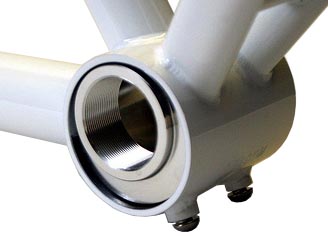
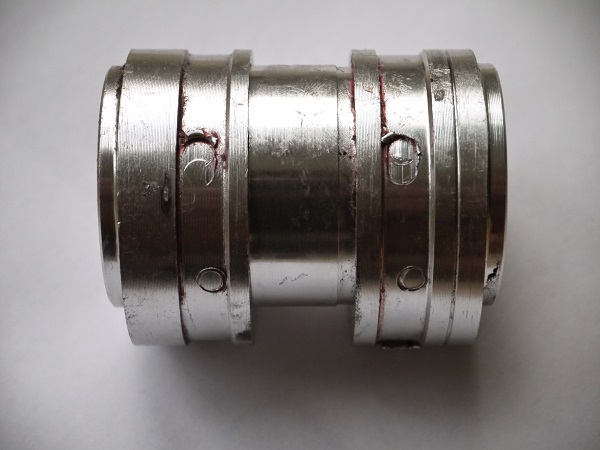
Mark leaves terrible divots in your ebb, making accurate adjustment almost impossible.
Benefits: Extremely inexpensive
Drawbacks: Harder to use, and not very reliable.
The first $15 option we’ll call Mark. Mark is a good name, because the design forces sharpened ‘set’ pins into a solid block of aluminum and leaves ‘marks’ all over it. I guess we could call it Scratch or Gouge, but Mark sounds more like a real name. It always finds it’s mark again, even though you’re trying to adjust it.
The eccentric itself is just a solid block of aluminum that the user rotates in the bottom bracket shell welded into the frame. The frame builder welds nuts onto the outside of the frame on the bottom bracket shell. You will use a wrench to drive the set pins through the nuts, and into the aluminum EBB. Once the hardened steel pins have created a deep divot into the softer aluminum EBB, it’s very hard to make a fine adjustment because the pins always try to turn the ebb right back to the divot.
Aside from being very difficult to use, the Mark design has very little surface contact so is the most likely to slip out of adjustment. This is because the amount of contact bewteen the frame and the aluminum ebb is very little. The set pins drive the unit against the top of the frame’s bottom bracket, so the points of contact are about 25% at the top, and the set pins themselves.
As if this is not enough, the Mark design is often rendered useless when a rider over-tightens a set pin and breaks the welded nut right off of the frame. The good news about the Mark design is that a Bushnell® EBB usually drops right in and works beautifully.

Here’s an example of a custom titanium frame rescued with a Bushnell EBB. Every month we sell several Bushnell EBBs to customers who have the Mark design in their frame. I’m very surprised at how many manufacturers still use the Mark design in their $4,000+ bicycles.
Enter Evolution:
Modified Mark uses a ‘pinch bolt system’


The second $15 option we’ll call modified Mark, as it’s really just an improved version of Mark. This is a design that we used to use ourselves way back in the mid 1980’s when it was the best option. It’s pretty much the same solid block of aluminum, but the frame has been cut, or slotted, where it holds the ebb and then a pinch bolt system has been brazed or welded onto the frame. When the pinch bolts are tightened, the frame ‘closes up’ around the aluminum ebb and holds it into place.
The Good News
The pinch bolt design holds it’s adjustment better than Mark because of the fact that there is full contact all the way around the aluminum EBB. It also doesn’t gouge ‘memory’ marks into the EBB so you can more easily make micro-adjusments.
The Bad News
Other than it’s relatively heavy weight, there are a few other drawbacks to this design. The biggest drawback is the fact that, like the Mark design before it, the bicycle frame is used as the method to actually hold the adjustment and not the EBB component itself. This means that if the pinch bolt breaks off of the frame, or the threads are stripped out, the fix is not an easy one, but one that requires frame work and re-painting. The next drawback is the fact that since the frame is split at the bottom bracket, an expanding design like the Bushnell® will not work in the frame unless frame modifications are made.
Let’s step forward to 1990 or so
The 1990’s brought the
split/wedge design

Adjustment required
know-how and a hammer
Here I am adjusting a Rodriguez tandem customer’s chain ‘on-the-road’ during the
1995 Tandem Rally

I can’t remember if it was the late 1980’s or the early 1990’s, but around that time Cannondale came up with a good design that we started to use instead of modified Mark.
We liked the design because it didn’t use threaded parts welded awkwardly to the frame to hold the adjustment, but was a self-contained unit. This meant that the frame was safe from the gorilla type torque that bike mechanics often applied to eccentric bottom brackets.
The design was similar to a handlebar stem with a wedge and a bolt that pulled the wedge into position tight against the bottom bracket shell. There was very good friction between the parts and the adjustment held extremely well. The design was heavy like the others, but all in all was nice looking in the frame, and kept the frames safe.
It was not without it’s problems though. The Cannondale wedge design required a very specific method to loosen it when you needed to adjust the chain. That technique? Hammering! “Woooh, wait a minute! Are you going to use that hammer on my bike?” Was a phrase anxiously hollered by customers watching me preparing to make an adjustment to their expensive tandem.
The design was not intuitive for most bike mechanics either. When you break a stem loose, you hit the stem bolt with a hammer, not the actual stem. For this reason, most bike mechanics who hadn’t seen one of these before, usually took a good ‘whack’ at the bolt after loosening it up like they would on a stem. Well, this would not loosen the eccentric, but rather drive the threads right out of the special nut required for the eccentric. I spent many hours on the phone (and still do) explaining to mechanics how to get one of these out of a bike after you’ve stripped the nut.
A better design was needed for expensive tandems.
That answer came in the form of the Bushnell® EBB.
The Patented Bushnell® EBB is the most popular design on the market today.

The Bushnell® EBB is self contained. It does not rely on parts welded to the frame to hold it’s adjustment.
Well we’ve come full circle. The patented Bushnell® EBB was designed by Dennis to specifically address every drawback in all of the above designs. It remains to this day the best selling EBB on the market. There is no substitute for the quality of engineering and construction of this American made product.
With the rise of popularity in single speed bikes and Rohloff equipped bikes (we’re the biggest Rohloff builder in the U.S.A.), the eccentric bottom bracket has new life. Dennis originally designed our EBB for tandems, and that’s why we have a big head start on every other manufacturer of EBBs. The fact that ours was in development for years means that you’re getting a product that’s tried and true. This goes for any bike that needs an EBB.
We stand behind the Bushnell® EBB just like we stand behind everything we make. When a Bushnell® EBB customer emails us for help, their talking directly to the folks that have designed, manufactured and assembled that part. Remember, demand the best for your custom bike. We think you’ll agree, that the Bushnell® EBB is that choice.
If you’d like to read an evolutionary history of the eccentric bottom bracket, click here.




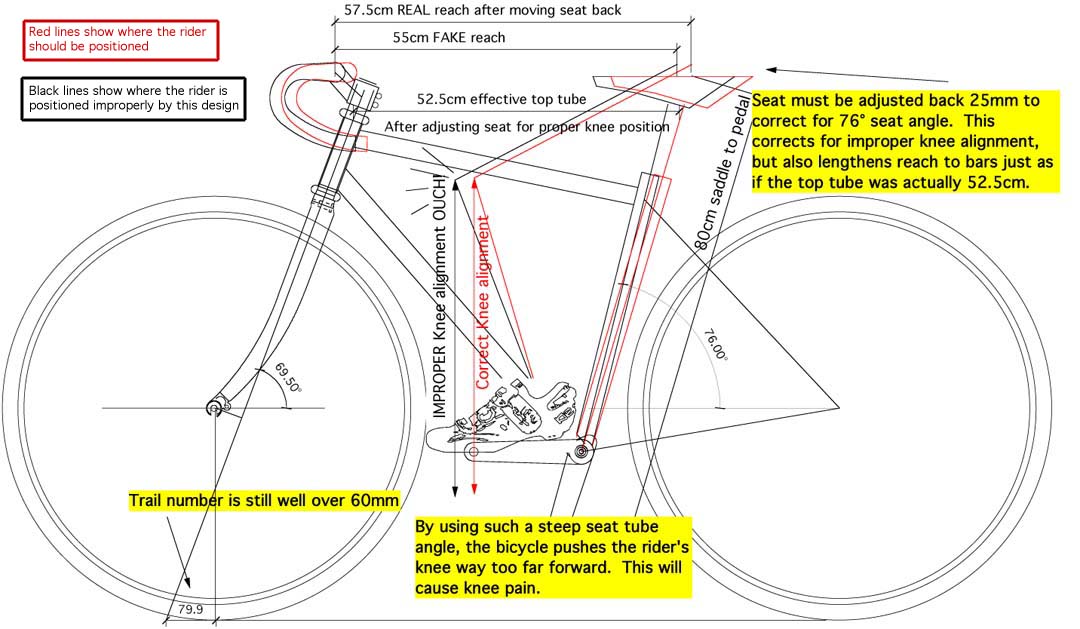
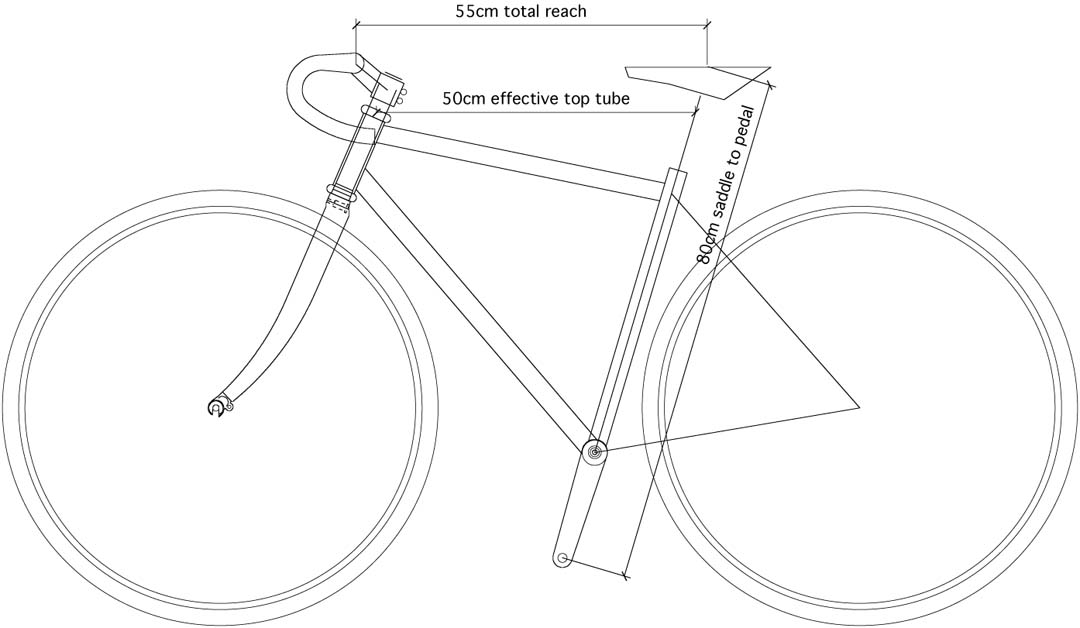

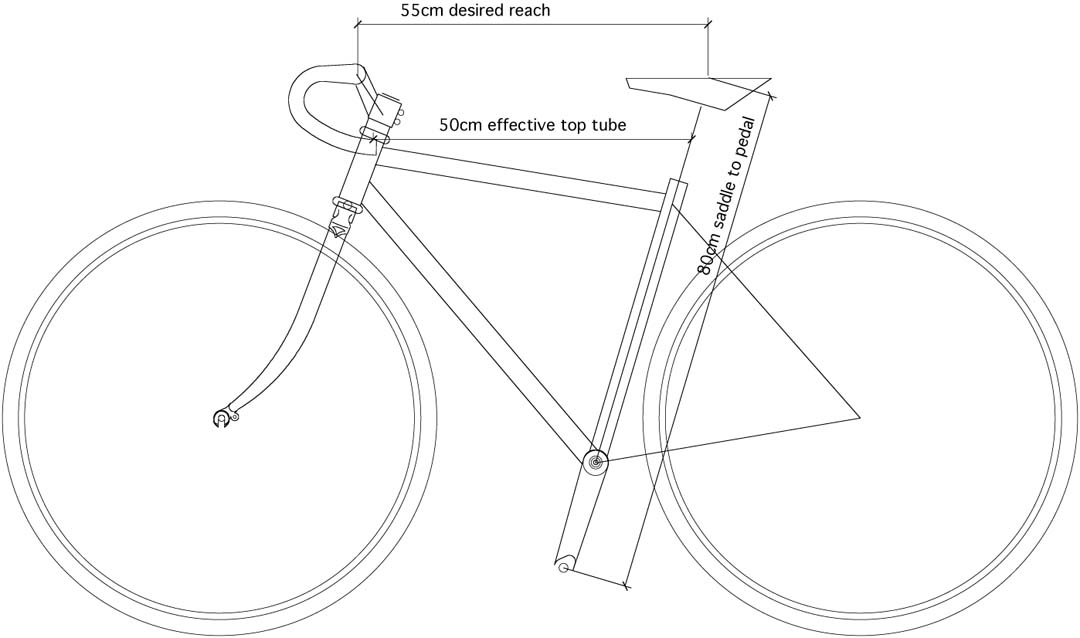


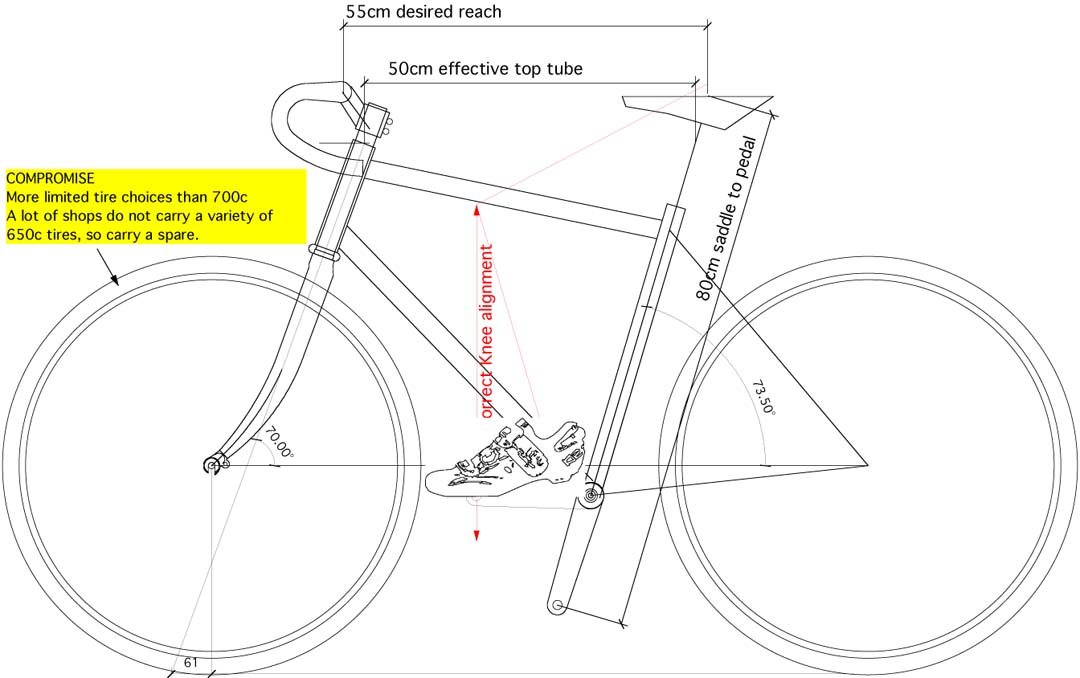
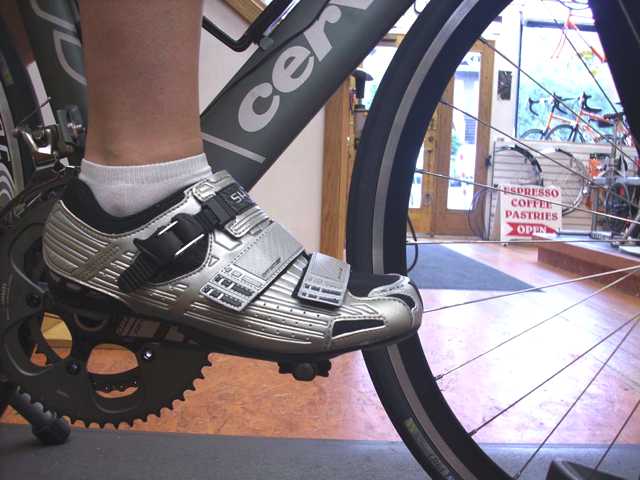






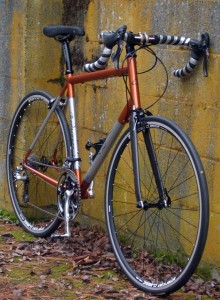





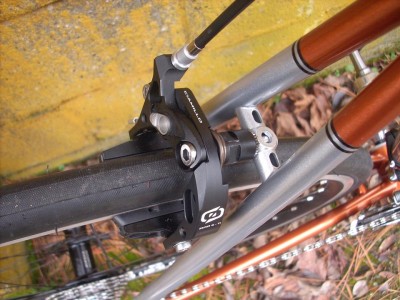









 Our patent has been issued!
Our patent has been issued!







